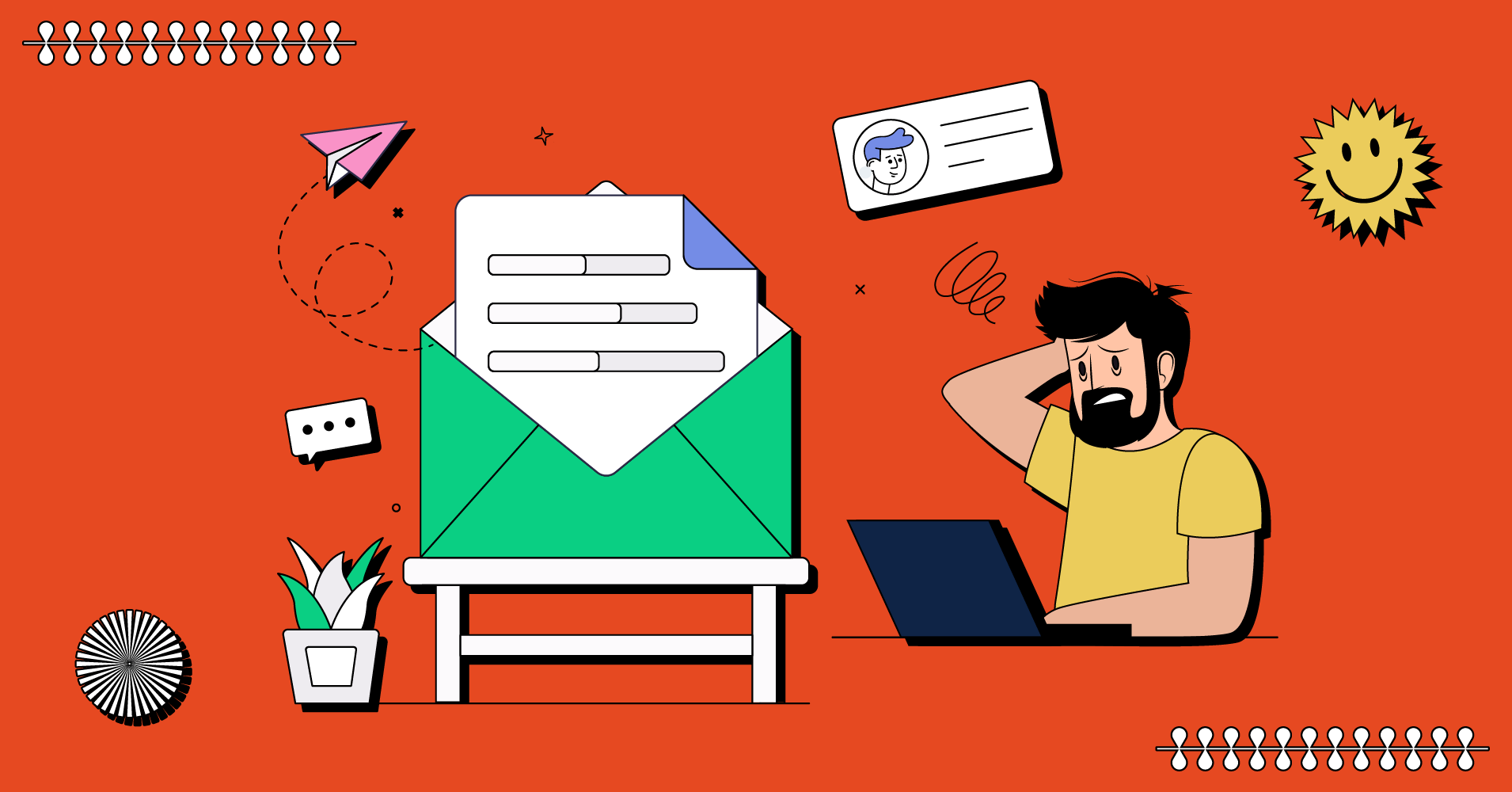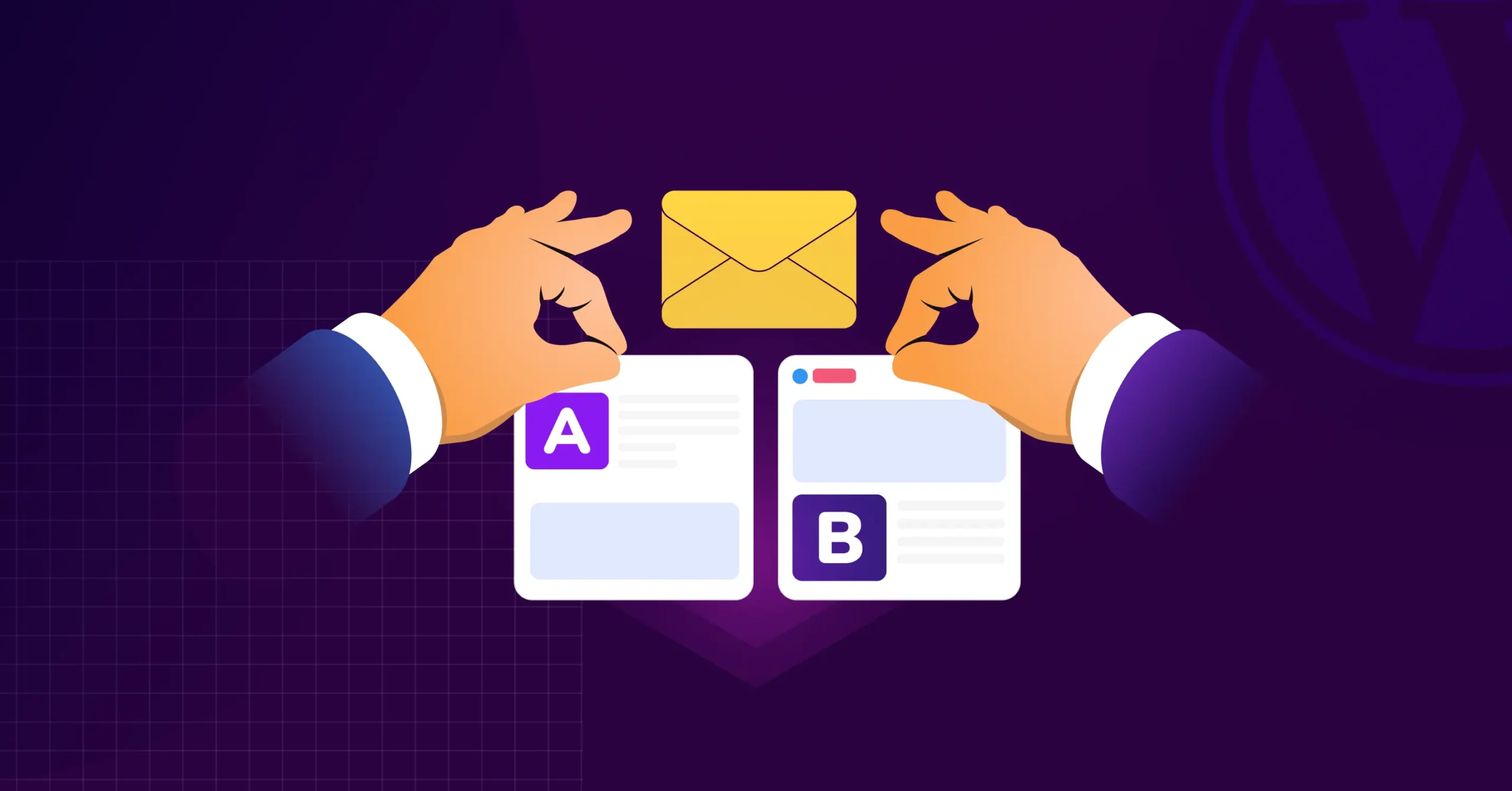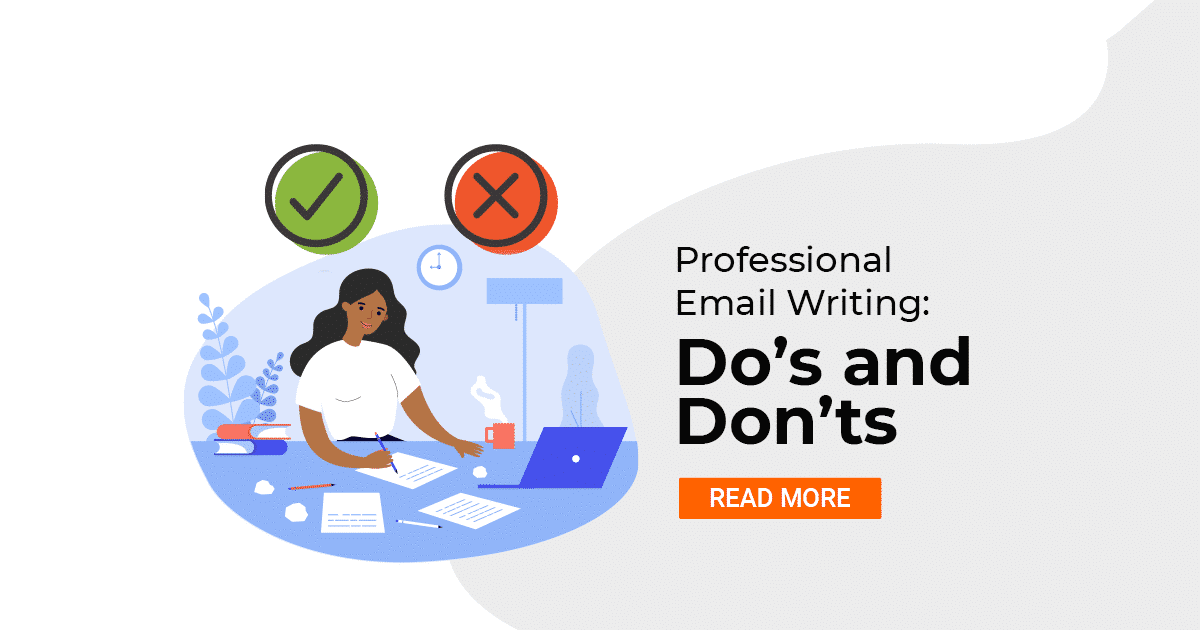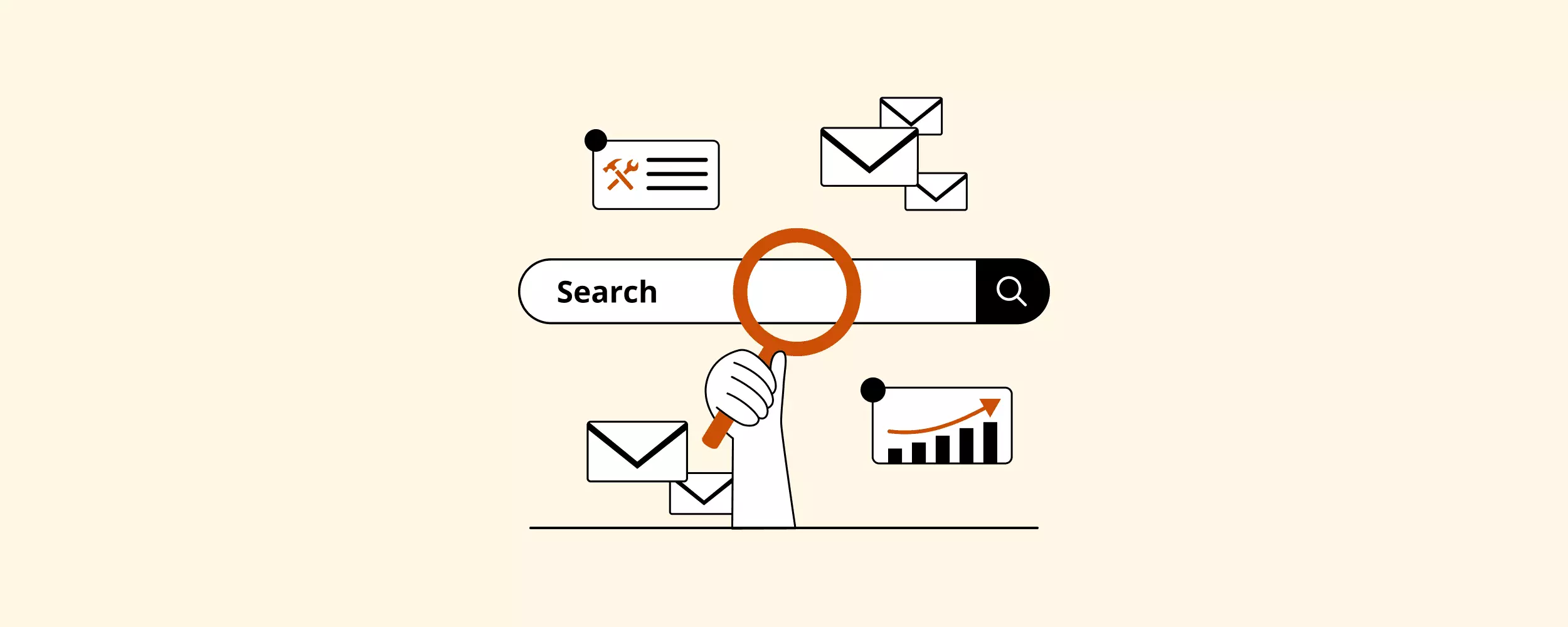Email marketing is a must-have for companies that want to connect with their customers. Reports say that email marketing gives an average return of $36 for every dollar spent. While popular, many businesses still make mistakes with email marketing that make it less effective.
This piece will cover the 10 biggest mistakes in email marketing and tips to avoid them.
Top 10 Email Marketing Mistakes in 2026
1. Not giving people a way to opt in
An opt-in offer is a value proposition that you give to people who might want to join in exchange for their email addresses. You can think of it as the key that lets you into your email list. If you don’t offer an appealing opt-in, your email marketing approach could be seriously hurt.
On the other hand, a well-written opt-in can greatly increase conversion rates, turning casual browsers into loyal members.
This is how you make an appealing opt-in offer:
- Learn about your audience: Discover what really drives your readers.
- Offer value right away: Make sure that your opt-in offer gives people something useful immediately.
- Do not complicate: The offer should be clear and strong enough to get people to act.
- Make sure it matters: Your opt-in must be related to the wants or needs of your community.
- Make your calls to action clear: Calls to action should be clear and straight, like “Get your free eBook now!” or “Get your discount today!”
By adding these things to your opt-in offer, you’ll be able to grow your email list and get subscribers who are truly interested.
2. Do not send a welcome email
Skipping the welcome email is a big mistake. Studies have shown that welcome emails bring in 320% more money per email than other types of emails, which shows how important they are to a successful email plan.
They’re the first thing that people see after subscribing to your list, letting you know they did it and setting the stage for future exchanges. This may make subscribers feel more observed and involved.
To make an effective welcome email, follow these important steps:
- Make your welcome unique: Address subscribers by name.
- Make it clear what to expect: Let subscribers know the frequency, type, and benefits of the emails.
- Offer value right away: Add something useful, like an offer, exclusive content, or helpful tip.
- Keep it short and interesting.
- Make it clear what to do next: Guide subscribers to your social media, best-selling goods, or site content.
Making sure your welcome email is interesting and useful will help you build a good relationship with your readers.
3. Making bad subject lines
A lot of the time, the subject line is what makes someone open or delete an email. 47% of email receivers decide right away if they want to open an email based on the subject line, so the stakes could not be higher.
A bad subject line can send your email to the “unread” folder, wasting the work you put into the content inside.
Here are some ideas to help you come up with catchy subject lines:
- Make people curious: Use interesting hooks.
- Don’t go too long: Subject lines over 50 characters can get cut off on phones.
- Use action verbs at the beginning: “Discover,” “Learn,” and “Start.”
- Value of the offer: Highlight something useful inside.
- Avoid spammy words: “Free,” “Guarantee,” and “No risk.”
By using these tips, you can get more people to open and read your emails.
4. Not making it clear what to do
Without a clear call to action (CTA), your efforts may not have as much of an effect as they could. Emails with just one call to action can boost clicks by 371% and sales by 1617%.
A clear call to action tells subscribers exactly what to do next, which is very important for engagement and conversions.
Here are some ways to make a strong CTA:
- Say it straight out: “Buy now,” “Register today,” or “Get your free trial.”
- Make things urgent: “Limited time offer” or “While supplies last.”
- Make it stand out visually.
- Place it in a smart way: Early in the email to grab attention.
- Differences in tests: Try different colors, placements, and wording.
A strong CTA will help you guide your subscribers and achieve your business goals.
5. Making emails only talk to one person
When you use email marketing as a one-way channel of contact, you miss out on a chance to get people involved. Up to 73% more people will read and respond to interactive emails.
Here are some ways to get your subscribers to connect with you:
- Start by asking: Questions or prompts that encourage replies.
- Adding dynamic parts: Polls, surveys, and quizzes.
- Feel free to review: Request reviews to get feedback and show you care.
- Offer incentives: Give subscribers reasons to answer.
- Make it easy to reply: Ensure replies go to an active inbox.
Your email marketing will be more lively and interesting if you allow a two-way conversation.
6. Sending too many offers to your audience
Too many promotional emails can lead to disengagement and unsubscribes. Emails that are too focused on sales can hurt trust and reduce success.
Tips to balance content:
- Educate: Share guides, tips, or helpful information.
- Entertain: Include fun facts, behind-the-scenes looks, or stories.
- Inform: Update users on products, events, or news.
- Mix offers with value.
- Segment your audience based on preferences and actions.
Finding the right balance will improve engagement.

ALSO READ: How To Use Email Marketing and SEO Together: An Ultimate Guide
7. Not cleaning up your list often enough
Failing to clean your email list can reduce response rates and deliverability. Regular maintenance can boost campaign success by up to 20%.
Steps for list maintenance:
- Remove inactive users.
- Re-engage dormant subscribers before deletion.
- Check email addresses: Use double opt-in methods.
- Segment by engagement to send relevant content.
8. Too many emails sent
Email fatigue leads to unsubscribes and lower engagement. Generally, send no more than twice a week unless subscribers request otherwise.
Tips for email frequency:
- Pay attention to subscriber feedback.
- Test different sending frequencies.
- Allow subscribers to choose email frequency.
- Prioritize quality over quantity.
9. Running A/B tests
Skipping A/B tests limits improvement opportunities. A/B testing can increase engagement by up to 49%.
Tips for effective testing:
- Test one variable at a time.
- Use statistically significant sample sizes.
- Make data-driven decisions.
- Test continuously as audience habits evolve.
10. Not making emails mobile-friendly
Over half of all emails are read on mobile devices. Emails that aren’t mobile-friendly reduce engagement and increase unsubscribes.
Tips for mobile optimization:
- Responsive design for all devices.
- Short subject lines.
- Single-column layout for easy scrolling.
- Optimize images for speed and size.
- Test on multiple devices.
Conclusion
Avoiding these common email marketing mistakes can make your campaigns more successful, increase engagement, and help build loyal subscribers.
Every email you send is an opportunity to strengthen relationships and provide value.
Focus on clear opt-ins, compelling subject lines, interactive content, strong CTAs, mobile optimization, and regular testing to maximize your email marketing success.



![What is Email Marketing? [An Expert Guide for Beginners]](https://mailglyde.com/wp-content/uploads/2025/09/Online-4.webp)


Leave a Reply